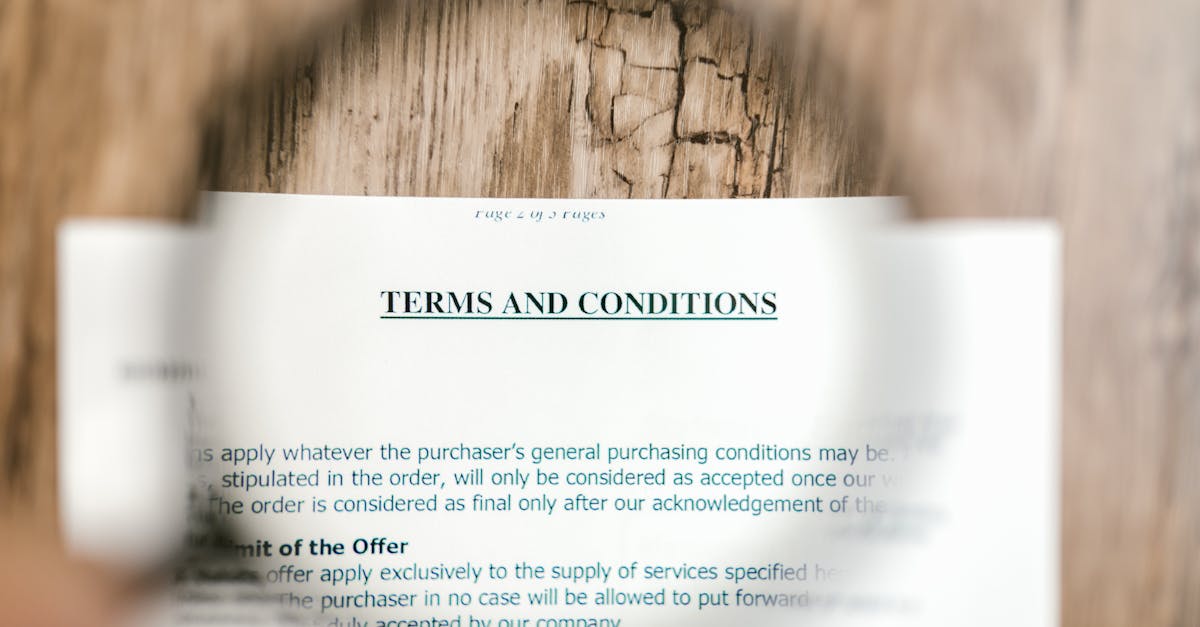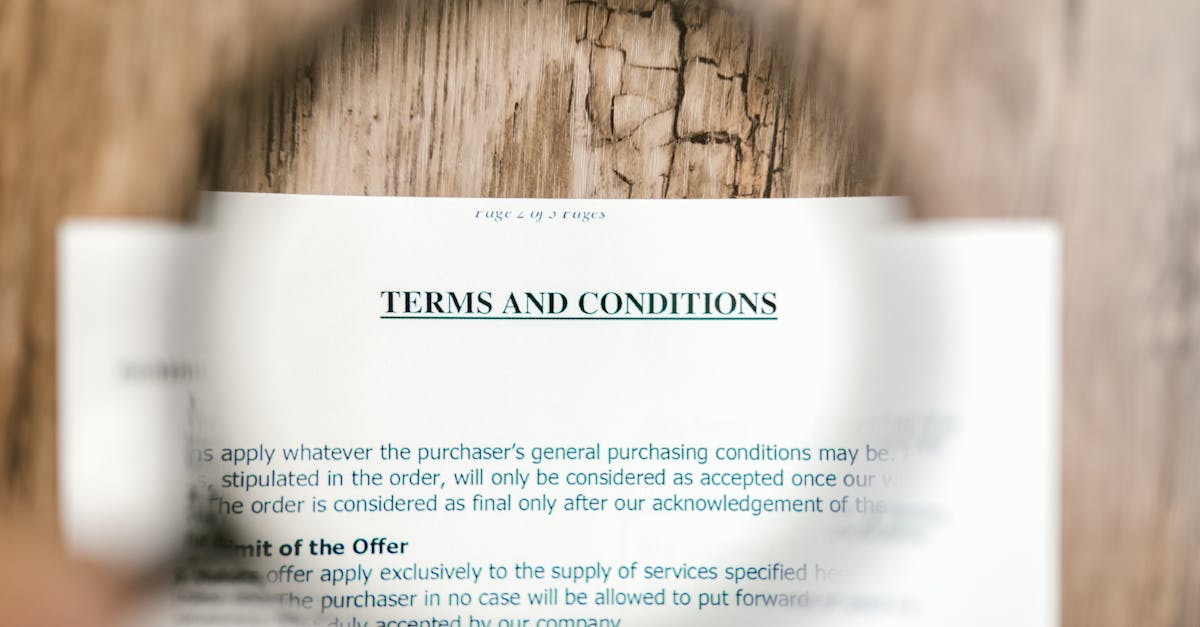
Introduction
Contracts are often the hidden bottleneck for growing teams: inconsistent wording, manual Word edits, and slow reviews create negotiation churn, compliance risk, and missed business milestones. An AI‑powered clause library flips that script by making approved, reusable language the single source of truth and pairing it with document automation to populate parties and tokens at speed. Combined with template automation, this approach delivers consistent drafts, faster negotiation cycles, and an auditable trail that preserves legal control without blocking the business.
What you’ll learn:
- How to design modular, parameterized templates so AI can select and auto‑fill clauses.
- How to teach models to tag risk with a practical clause taxonomy and escalation rules.
- How AI‑driven redlines can propose edits while preserving human approval workflows.
- Integration and governance patterns—CLM, e‑sign, provenance, and audit reporting.
- How to run a small pilot with seed templates to prove value and refine the model.
Why Legal Ops needs a clause library: consistency, speed and defensible templates
Clause library is the single source of truth for reusable contract language. For Legal Ops, it replaces ad‑hoc copies and Word stunts with consistent, managed artifacts that scale with the business.
Key benefits include faster contract assembly, predictable negotiation outcomes, and stronger defensibility in disputes. When paired with template automation and template management practices, a clause library reduces drafting variance and shortens cycle time for routine agreements.
Benefits at a glance
- Consistency: standardized clauses reduce legal risk and customer confusion.
- Speed: reuse and auto-fill accelerate contract creation and approvals.
- Defensibility: approved templates create an audit trail showing legal sign‑off.
- Operational leverage: integrates with template engines to enable document template automation and template workflow automation.
Adopt clause libraries alongside document automation, contract automation and template automation software to get measurable improvements in throughput and control.
Designing modular contract templates for AI-assisted clause selection and auto-fill
Design templates as modular building blocks rather than monolithic documents. Each clause should be parameterized, tagged with metadata and capable of being toggled on/off by a template engine or automation script.
Design principles
- Parameterization: use clear tokens for party names, dates, amounts and conditional fields so auto-fill is reliable.
- Optional clauses: model exceptions and alternatives as discrete modules to let AI choose the appropriate language.
- Metadata & tags: attach risk level, commercial context, and applicable law to each clause to support AI selection.
- Single source of truth: maintain clause text in a clause library that feeds the template management system and the document template automation pipeline.
Practical note: templates can live in Word for editors (template automation in Word), in a template engine, or as code-driven assets (template automation python). Make sure your template format is compatible with your template automation tools and CLM ingestion requirements.
Teaching models to tag risk: clause taxonomy, labels and escalation rules
Accurate risk tagging is a prerequisite for safe AI assistance. Start by defining a clause taxonomy and a compact label set that maps to business decisions and escalation paths.
Taxonomy and labels
- Functional categories: confidentiality, liability, termination, IP, payment.
- Risk levels: low / medium / high (or numeric scores) tied to approval thresholds.
- Flags: non‑standard obligations, revenue impact, cross‑border compliance.
Train models with a curated dataset of clauses and human labels. Include examples from your clause library to reduce false positives. Use the labels to drive automated routing: low risk → auto‑approve, medium → legal review, high → senior counsel escalation.
Maintain a feedback loop: track reviewer decisions to refine model accuracy. This closes the loop between template management, template workflow automation and continuous improvement.
Automating redlines and suggested edits: from AI suggestions to human approval workflows
Automated redlines speed review but must preserve human control. Implement an AI suggestion layer that proposes edits and highlights risky language, then route those suggestions through staged human approvals.
Suggested workflow
- AI analysis: identify non‑standard clauses and propose rewrites based on the clause library.
- Diff & explain: show redlines with short rationale so reviewers can decide quickly.
- Human‑in‑the‑loop: assign reviewers by risk label and capture approval decisions.
- Finalize: accepted edits update the canonical clause and feed back into the clause library.
Integrate email template automation and reminder systems to nudge reviewers (e.g., template automation in Gmail). Use document template automation tooling to render redline PDFs and preserve an immutable audit trail of suggestions and approvals.
Integration patterns: clause library → CLM → e‑sign and downstream systems
Common integration patterns connect the clause library to a Contract Lifecycle Management (CLM) system, e‑signature provider, CRM, ERP and reporting tools. Choose patterns that match your scale and speed requirements.
Patterns to consider
- Direct API sync: clause library offers an API; CLM pulls canonical clauses at drafting time.
- Middleware/event bus: use integration platforms or event streams to keep clause, document, and contract states synchronized.
- Template engine façade: a template engine renders documents on demand and pushes finalized artifacts to CLM for workflow and e‑sign.
- Downstream propagation: post‑sign data flows to CRM/ERP (finance needs executed terms for invoicing/renewals).
Design data contracts for tokens and metadata so template workflow automation reliably populates systems of record. Consider using template automation tools that provide native connectors to your CLM and e‑sign vendors.
Governance and audit: versioning, provenance, and compliance reporting
Governance keeps the clause library trustworthy. Implement strict versioning, clear provenance metadata, and reporting that supports audits and compliance reviews.
Governance controls
- Immutable versions: maintain historical versions of clauses and templates; never overwrite without recording a new release.
- Approval workflows: require sign‑off for template changes and capture approver identity and timestamp.
- Provenance metadata: track source, author, change rationale and related precedents for each clause.
- Audit reports: automate exportable reports that show which template version was used in executed contracts.
Security considerations include RBAC, encryption of stored templates, and secure logging. These are standard parts of template automation software and ensure your document template automation and contract automation programs remain compliant.
Example templates to seed a clause library and pilot an AI redline workflow
Start with a small, high‑value set of templates you use frequently. Seed the clause library with core commercial contracts, then run an AI redline pilot to demonstrate savings and calibration.
Recommended seed templates
- Non‑Disclosure Agreement (NDA) — great for confidentiality taxonomy and low‑risk auto‑approvals.
- API Licence Agreement — useful for IP, data, and liability clauses.
- Merger Agreement — complex, high‑risk clauses for escalation testing.
- Stock Purchase Agreement — negotiation heavy; tests provenance and versioning.
Pilot steps
- Import clauses into your clause library and tag them with taxonomy labels.
- Configure a template engine and connect it to your CLM or draft environment (consider template automation in Word or a code‑based template automation python script for testers).
- Run AI redline suggestions against a small set of incoming contracts; route medium/high flags to reviewers.
- Collect reviewer feedback to retrain the model and refine escalation rules.
- Measure time saved, negotiation cycles reduced, and accuracy of automated decisions; expand scope incrementally.
For other helpful pilot artifacts, include simple invoice templates, standard sales contracts, and email templates for negotiation and signature requests — these demonstrate document automation, email automation, and workflow automation value quickly.
Summary
An AI‑powered clause library turns contracts from a recurring bottleneck into a predictable, auditable workflow. By designing modular, parameterized templates, teaching models to tag risk, and routing AI redlines through human approvals, teams shorten negotiation cycles, reduce drafting variance, and preserve legal control. HR and legal teams benefit directly through faster onboarding of hires, clearer compliance checks, and more defensible contract records — all while freeing lawyers for higher‑value work. Ready to pilot a clause library and measure impact? Learn more and get started at https://formtify.app
FAQs
What is template automation?
Template automation uses prebuilt, parameterized document templates to generate contracts, letters, and emails automatically. Instead of manual edits, tokens and clause modules populate dynamically, ensuring consistent language and faster document creation.
How does template automation work?
It relies on modular templates with tokens and metadata so systems (or AI) can select clauses, fill party data, and toggle optional language. Often this is paired with a clause library, a template engine, and integrations to CLM and e‑sign systems to render, route, and finalize documents.
Can I automate templates in Microsoft Word?
Yes — Word supports automation through content controls, fields, macros, and add‑ins that connect to clause libraries or template engines. Many teams use Word for editing while wiring the underlying templates to automation tools so drafts remain user‑friendly and reproducible.
What are the benefits of template automation?
Key benefits include faster turnaround, consistent and approved language, and a clear audit trail that supports compliance and dispute defensibility. It also reduces negotiation churn, lowers review time for routine agreements, and scales legal resources as the business grows.
Which tools support template automation?
Tooling spans document automation platforms, template engines, CLM systems, Word/Google Docs add‑ins, and code‑based libraries (e.g., Python templates) that integrate with e‑signature and CRM/ERP systems. Choose tools that support your clause library, metadata tokens, and the integrations your workflows require.





